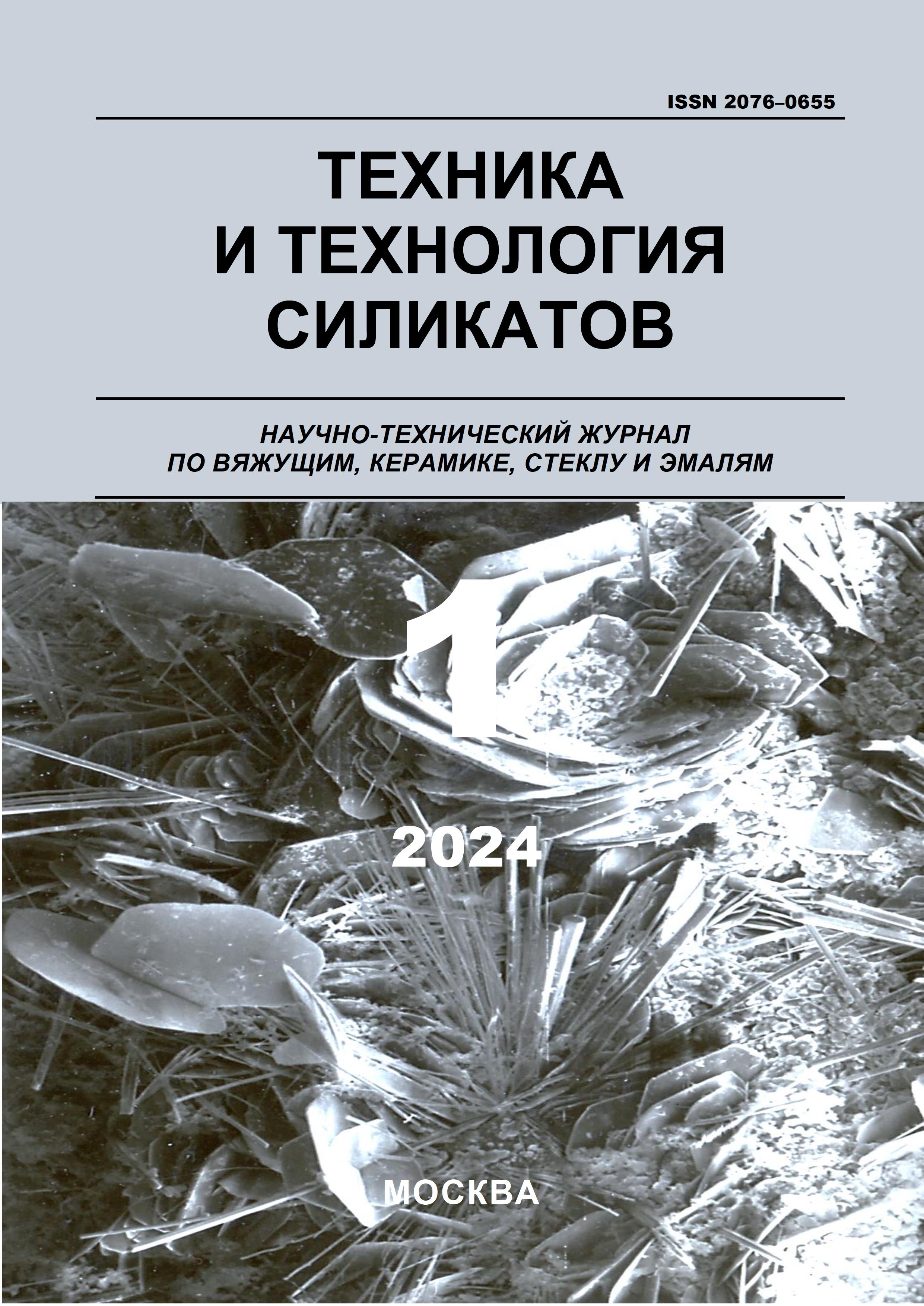The article discusses the resource-intensive problems of cement and concrete production, which can lead to irreparable climate change. The authors show the need for sustainable and efficient methods to reduce CO2 emissions in the cement industry and move towards less carbon-intensive production. The article discusses a strategy for reducing CO2 emissions. The authors show that partial replacement of Portland cement clinker with Supplementary cementitious materials (SCMs) is currently the most easily achievable. The processes for the production and use of SCMs are analyzed in detail in terms of their impact on CO2 emissions, energy consumption and cement stone structure. In the paper, the use of heat-treated clays, marl, rice husks and wastewater treatment wastes are considered as supplementary binding materials to replace part of the clinker. The presented research results confirm that cements using such materials can reduce clinker content in cement up to 50% without loss of strength properties. The use of substandard clays, marl, rice husks and wastewater treatment waste will contribute to a closed-loop economy. The authors discuss the importance of further research on frost resistance, corrosion resistance and certification of cements and concretes based on Supplementary cementitious materials.
low-carbon cement, energy efficiency, supplementary cementitious materials, heat-treated clay, marl








